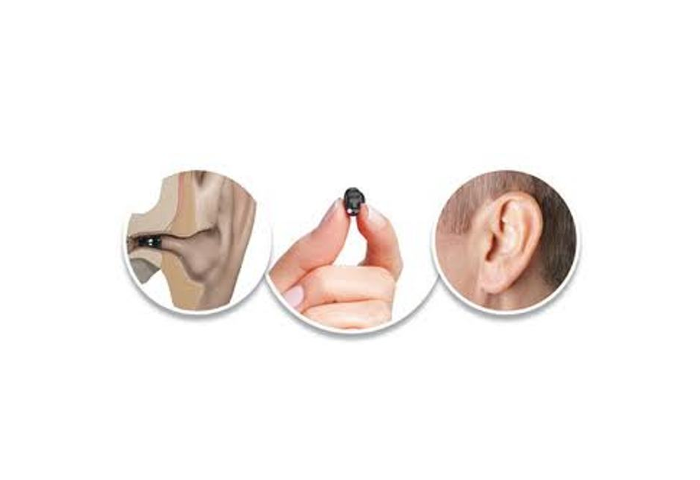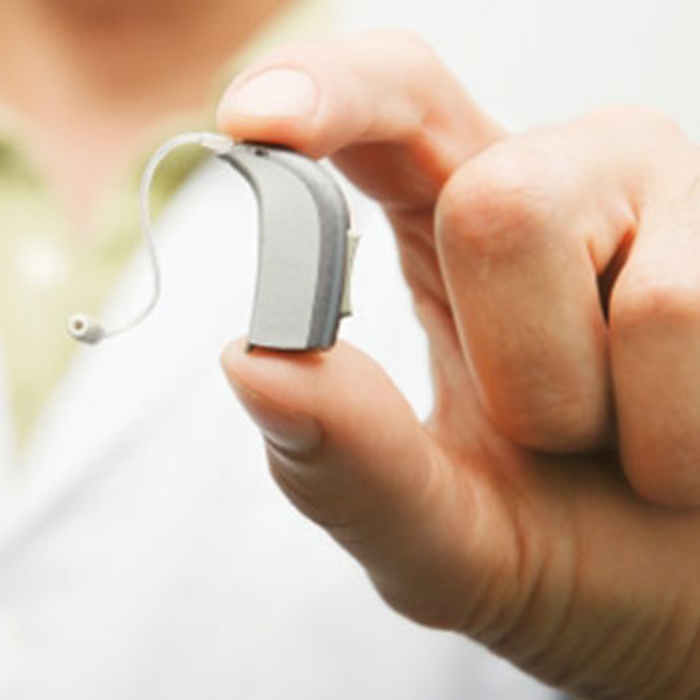- Have any questions? Call us today!
- +60193512572

History of Hearing Aids
December 29, 2012There are several different styles of hearing aids, not to mention the multiple design and color options. Each hearing aid is designed and fitted to each person’s hearing needs. The place where hearing aids are worn is the simplest way of categorizing the different types. Hearing aids are worn either in the ear or behind the ear.
Completely-in-the-Canal (CIC):
Custom (CIC) hearing instruments are used for mild to profound hearing loss. Custom instruments sit entirely within the ear and are fitted individually made from an impression of the wearer’s ear.
Behind-the-Ear (BTE) Aids
All parts of the aid are contained in a small plastic case that rests behind the ear. The case is connected to an earmold by a piece of clear tubing. This style is often chosen for young children for safety and growth reasons.
Open-Fit (BTE):
BTE instruments are used for all types of hearing loss, from mild to profound. They come in a variety of styles from Miniature-BTEs to SuperPower instruments. Most offer advanced directional microphones for improved understanding of speech in noisy situations. Behind the ear systems can be connected to custom fitted earmolds with varying degrees of closure and occlusion of the ear canal and outer ear, or they may be coupled with thin tubes and soft tips for a more open fitting. Open fittings are only appropriate for mild to moderate hearing losses but can provide additional comfort and ventilation to the ear.
Receiver-in-Canal (RIC)
RIC open fittings look quite similar to the open fittings. But contrary to most conventional behind-the-ear instruments, the receiver is placed within the canal. Since the receiver is no longer within the behind-the-ear (BTE) unit, but inside the canal – and connected to the BTE component via thin tubing – the BTE unit is particularly small, light, and inconspicuous.
In-the-Ear (ITE) Aids
All parts of the aid are contained in a shell that fills in the outer part of the ear. These aids are larger than canal aids and, for some people, may be easier to handle than smaller aids.
Extended Wear Hearing Aids
These aids are devices that are nonsurgically placed in the ear canal by an audiologist. They are worn up to several months at a time without removal. The devices are made of soft material designed to fit the curves of the ear. They are worn continuously and then replaced with a new device. They are very useful for active individuals because their design protects against moisture and earwax, and they can be worn while exercising, showering, etc.
The majority of hearing aids sold today are canal hearing aids and in-the-ear hearing aids. The behind-the-ear (BTE) hearing aid is the most commonly recommended aid for infants and young children (see below for explanation); however, many adults now wear the open fit style of BTE.
There are also special hearing aids built to handle very specific types of hearing loss. For example, a bone conduction hearing aid uses a headband and a bone vibrator for individuals who have no ear canal or outer ear. These devices bypass the outer and middle ear and directly stimulate the cochlea. A relatively new innovation is the osseointegrated hearing aid (bone anchored), which is implanted in the skull. This device has three parts: a titanium implant, an external abutment, and a detachable sound processor.
Middle Ear Implants
These hearing systems implanted in the space behind the eardrum that mechanically vibrate the middle ear structures. This device has two parts: an external portion and an implanted portion. There are also hearing aids called CROS aids that route sounds coming to one ear over to the other ear. These devices are for use by individuals who have no hearing in one ear. In special cases, hearing aids can be built into glasses for individuals who need that type of fitting. Given the many innovations, there are hearing aids available that can accommodate virtually any kind of hearing loss!


